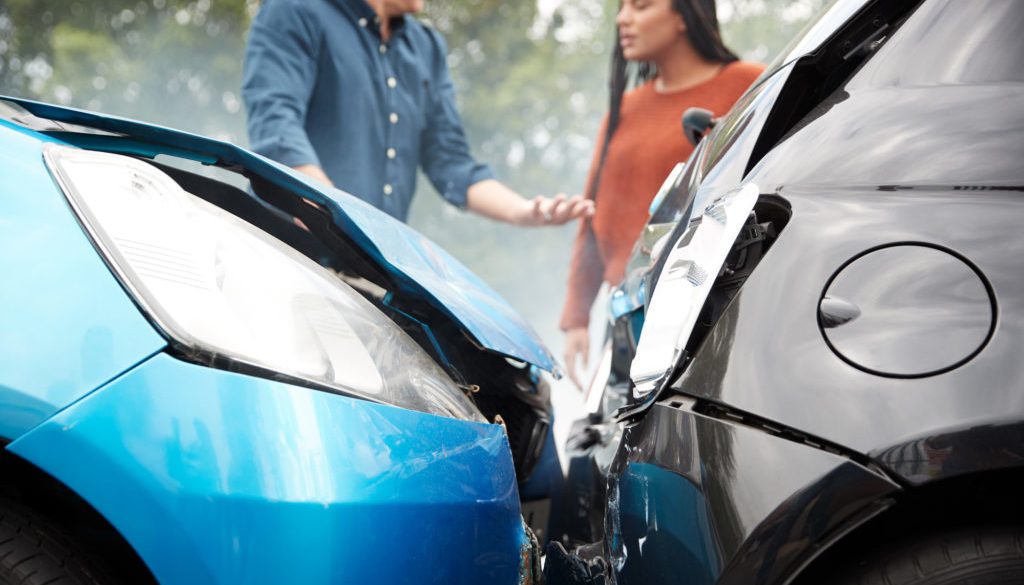How to Prove Fault in Car Accident Injury Cases
Proving fault in a car accident injury case is essential for securing compensation for damages such as medical bills, lost wages, and pain and suffering. Establishing fault involves demonstrating that the other driver acted negligently and that their negligence directly caused the accident and your injuries. Here are the key steps to prove fault in car accident injury cases:
1. Gather Evidence from the Scene
Photographs and Videos:
Take clear photographs and videos of the accident scene, vehicle damage, road conditions, traffic signs, and any visible injuries. These visual records can provide crucial evidence of how the accident occurred.
Witness Statements:
Collect contact information and statements from witnesses who saw the accident. Witnesses can provide unbiased accounts that support your version of events.
Police Reports:
Always call the police after an accident. The police report will contain important details about the accident, including the officer’s observations and any citations issued. This report can be a critical piece of evidence in proving fault.
2. Obtain Medical Records
Seek medical attention immediately after the accident, even if you do not feel seriously injured. Medical records will document the extent of your injuries and link them to the accident. Consistent medical documentation is vital for establishing that your injuries resulted from the accident.
3. Use Traffic Laws and Regulations
Review local traffic laws and regulations to identify any violations committed by the other driver. For instance, if the other driver ran a red light or was speeding, these violations can be strong indicators of fault. Traffic laws are often clear-cut, and proving a violation can simplify the process of establishing negligence.
4. Analyze the Accident Reconstruction
In complex cases, accident reconstruction experts can provide a detailed analysis of the collision. These experts use physical evidence from the scene, such as skid marks and vehicle damage, to reconstruct the accident and determine how it occurred. Their reports can be compelling evidence in court.
5. Establish Negligence
To prove negligence, you must demonstrate the following elements:
Duty of Care: The other driver owed you a duty of care to operate their vehicle safely.
Breach of Duty: The other driver breached this duty by acting negligently (e.g., speeding, distracted driving).
Causation: The breach of duty directly caused the accident and your injuries.
Damages: You suffered actual damages (e.g., medical expenses, lost wages) as a result of the accident.
6. Legal Representation
Hiring an experienced personal injury lawyer can significantly strengthen your case. A lawyer can gather and analyze evidence, interview witnesses, negotiate with insurance companies, and represent you in court if necessary. Their expertise ensures that all legal aspects of proving fault are thoroughly addressed.
Conclusion
Proving fault in a car accident injury case requires a thorough understanding of evidence collection, traffic laws, and legal principles of negligence. By meticulously gathering evidence, documenting injuries, and seeking professional legal assistance, you can build a strong case to secure the compensation you deserve. If you need help with your car accident injury case, contact the experienced lawyers at Hilborn and Konduros for expert guidance and representation.



